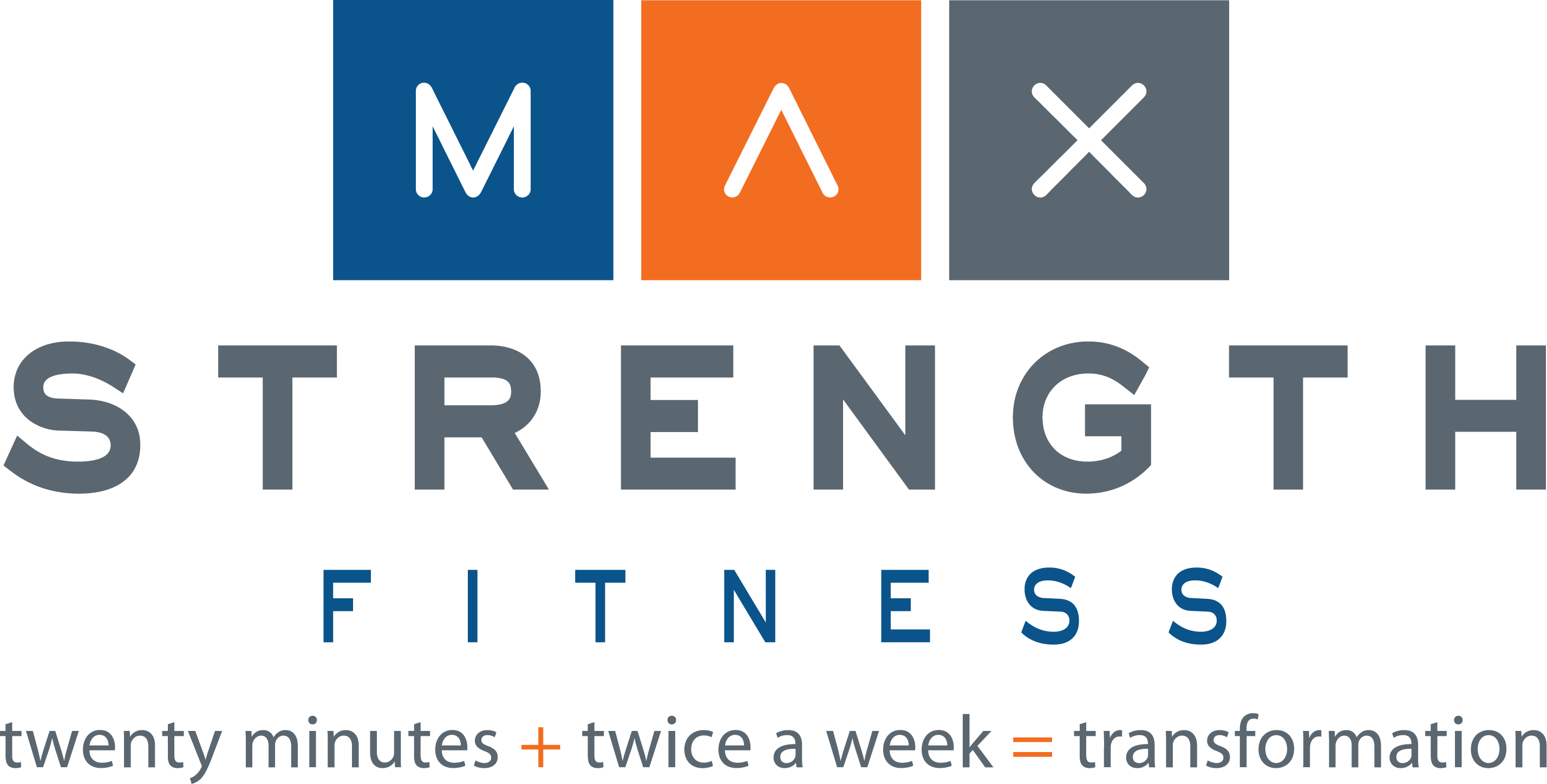One of the biggest problems most people encounter when starting a fitness program is rapidly depleted motivation after only a few weeks because of an overly ambitious fitness plan.
Two days per week of 20-minute low-intensity steady-state activity (walking, jogging, biking, swimming); and most importantly, two days per week of 20-minute resistance training is all you need to achieve optimal health and fitness. As you become acclimated to the lifestyle “shift”, you can drop down to one day per week to maintain your results.
People believe that more is better and this is absolutely not true. It’s the quality of the exercise that produces results, not the quantity. This is known as the Minimum Effective Dose (MED). MED is simply defined as the smallest dose that will produce the desired result.
I’m always asking the question:
“What’s the least amount of time I can spend exercising and get optimal results?”
That’s a hard concept for most to wrap their head around, but that’s the goal.
Anything below MED is ineffective.
Anything beyond MED is wasteful.
Anything beyond MED can be harmful.
For example: to boil water, the MED is applying heat to the water until the water temperature reaches 212°F at sea level. Boiled is boiled. It isn’t going to get any more “boiled” raising the temperature to 213°F.
Raising it any higher than 212°F is a waste of resources that could be better used elsewhere.
Why should exercise be any different?
It isn’t.
There is a real parallel between medication prescriptions and the way we exercise at MaxStrength Fitness:
• Both medication and exercise act to stimulate change in the body.
• Both are administered in exact concentrations
• Both are administered in exact dosages
• Both are administered in exact frequencies
Like medication, too little exercise stimulus does nothing and too much will lead to injury or illness.
